Stave Church History and Architecture
At the dawn of Christianity in Norway, a peculiar type of сhurch appeared, called "Stavkirka" (from the Norse "stav" - stand). In the 9th century, Christianity began to conquer pagan Norway. It came to Western Norway from the British Isles, and to Eastern Norway from Germany. Christian missionaries bring European architecture with them. The main building material in Norway was and still is wood, and it was used to build the first temples of the new religion.
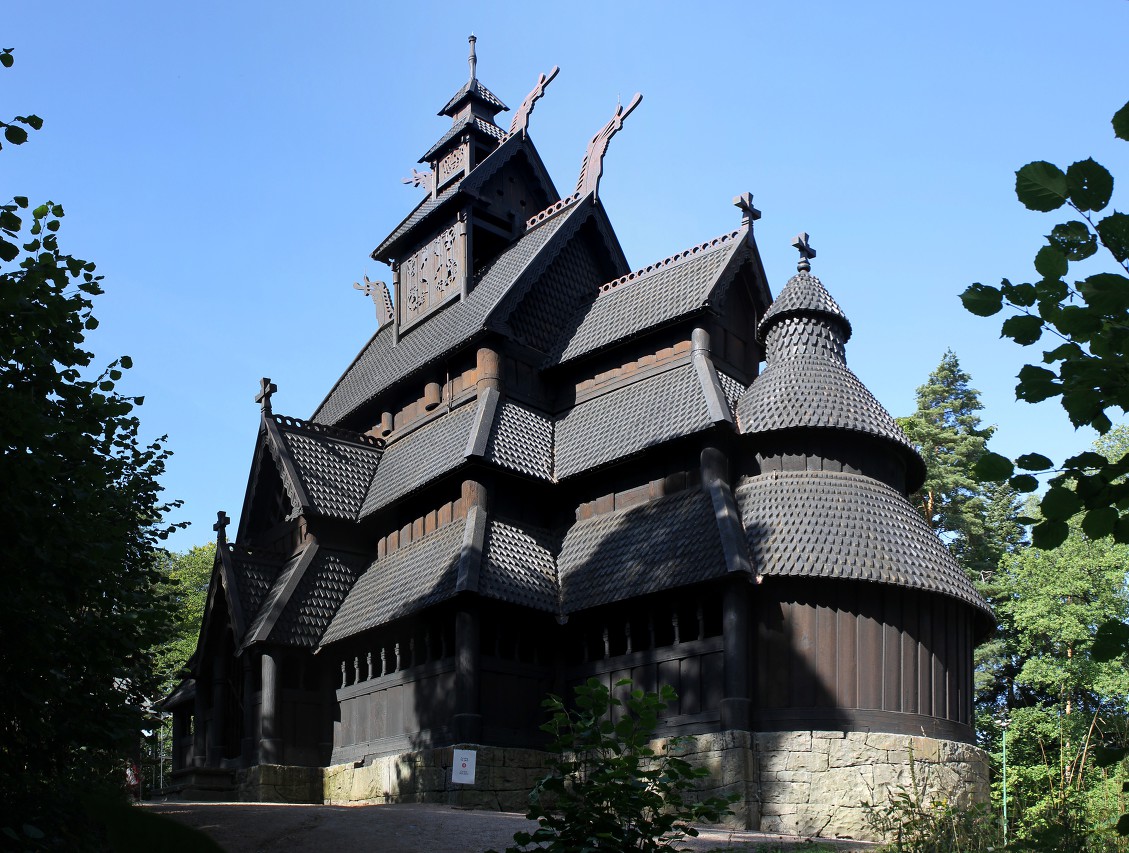
In its simplest form, the structure consisted of two rows of wooden posts (stand), they were connected by cross bars. At first, the stand were buried directly in the ground, so they quickly rotted at the base, later the racks were installed on a pillow of stone. The pillars were connected by cross beams, and the roof with large overhangs rested on them. At some distance from the pillars, four beams were laid on the ground, forming a support for the walls. The space between the horizontal beams and the roof overhang was covered with plank boards, forming walls.
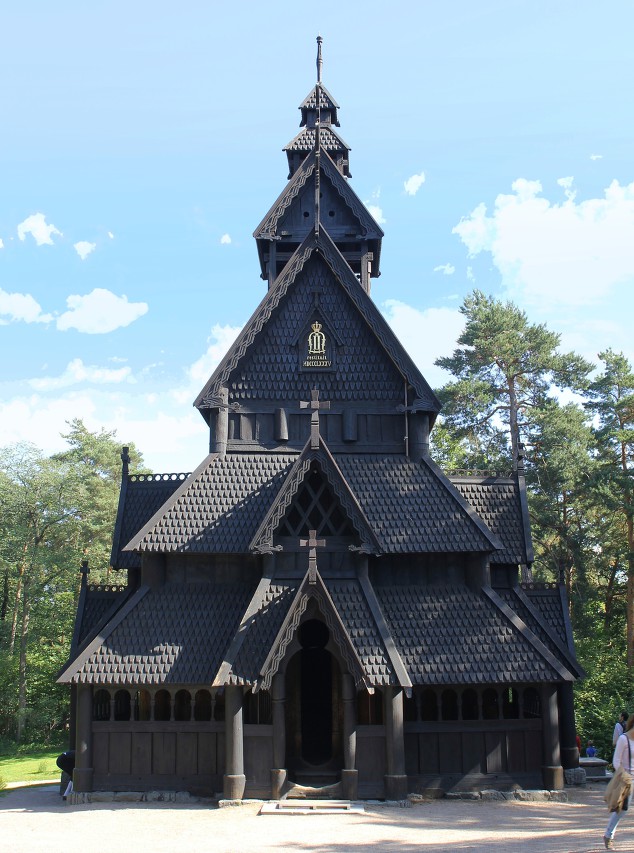
Great stavkirke in the centre was raised a high tower to support a peaked roof (hence the name "mast of the Church"). Probably, this design was already used by the Vikings in pre-Christian times - in Denmark, with which the Norwegians had close ties, the first frame churches appeared much earlier than the missionaries began to penetrate to the Scandinavian Peninsula. The roof was covered with wooden tiles or layered stone, and was decorated with wooden carvings.
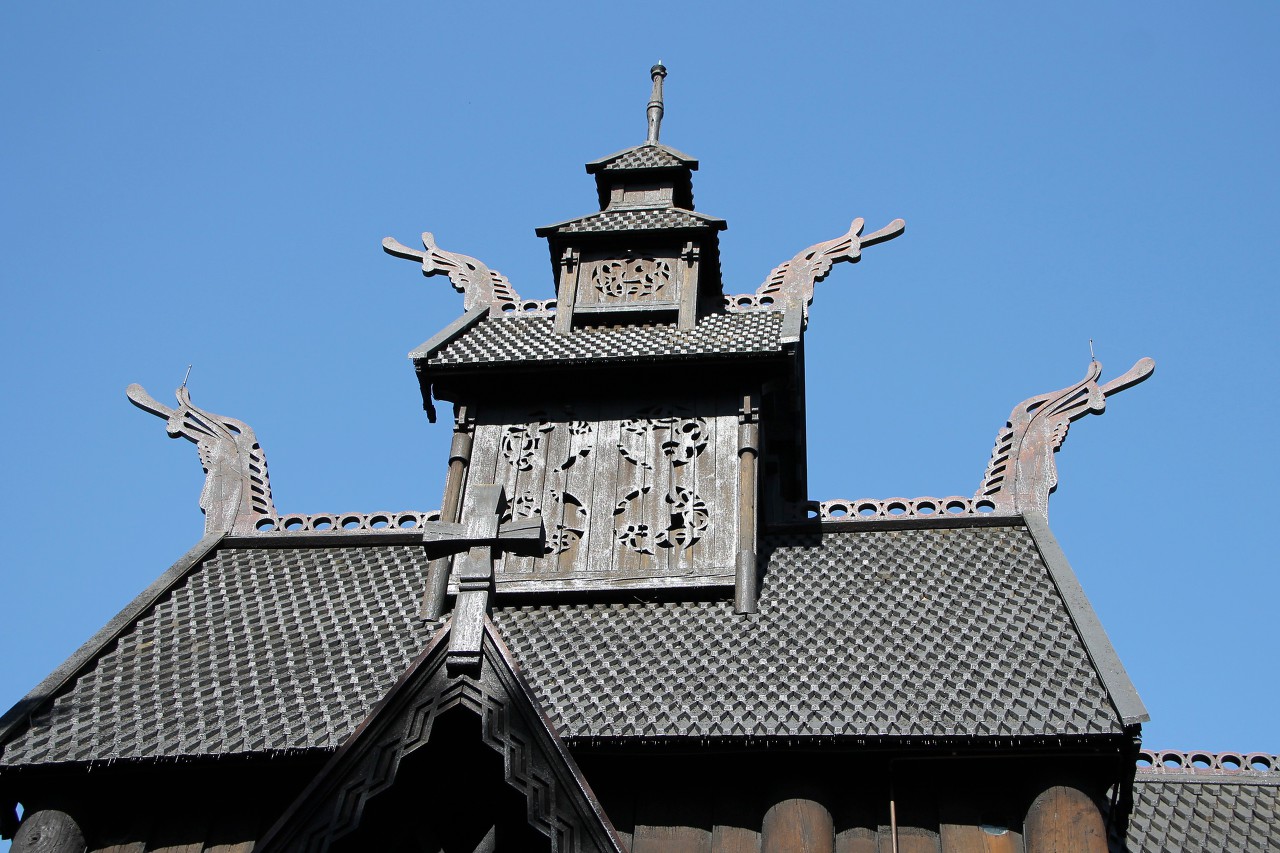
Often the area of the church was expanded by building galleries around it. The galleries had no blank walls, which provided ventilation and saved the wood from rotting. Inside and outside, carved ornaments were used for decoration, and the interior walls were covered with paintings.
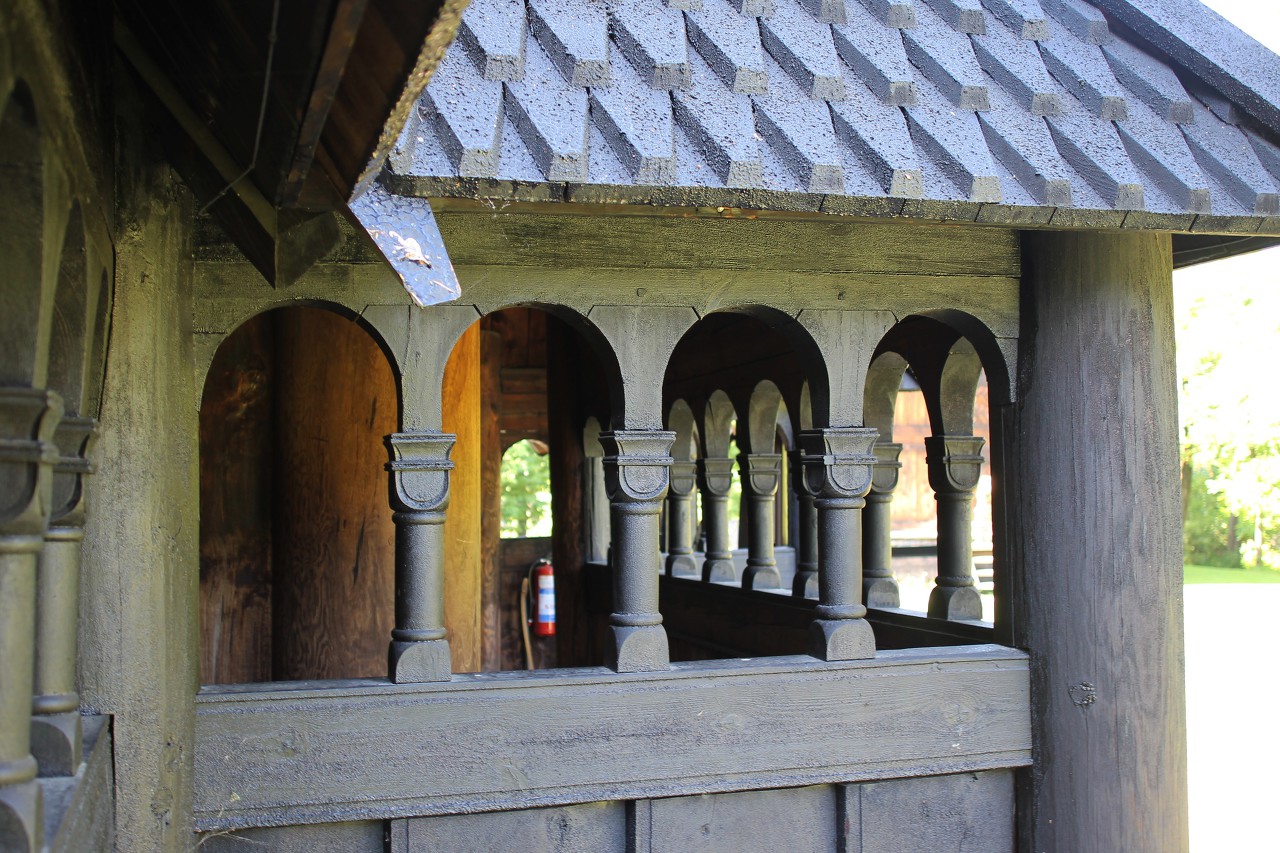
From the 11th to the 12th centuries, about 1,700 mast churches were built in Norway. Construction stopped with the outbreak of the plague that swept Scandinavia in 1349, as a result, by the 15th century, the population of Norway was reduced by half and the need for new temples disappeared. In the 17th century, large churches began to be built of stone, often on the site of stave churches, which were ruthlessly demolished. By 1800, there were only 95 frame churches, and only 28 have survived to our time.
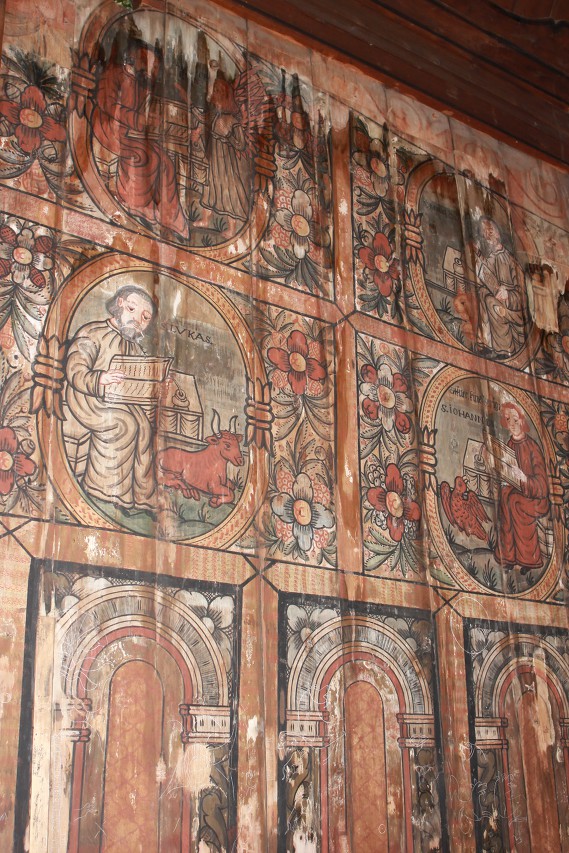
It was only in the 19th century that Norwegian society became interested in the history of national art and architecture, largely due to the efforts of the artist Johan Christian Dahl. While studying in Germany, he became interested in medieval art, and in 1844, thanks to his initiative, the Norwegian society for the protection of antiquities was formed. Among other historical objects, the organization saved 9 stave churches from destruction.
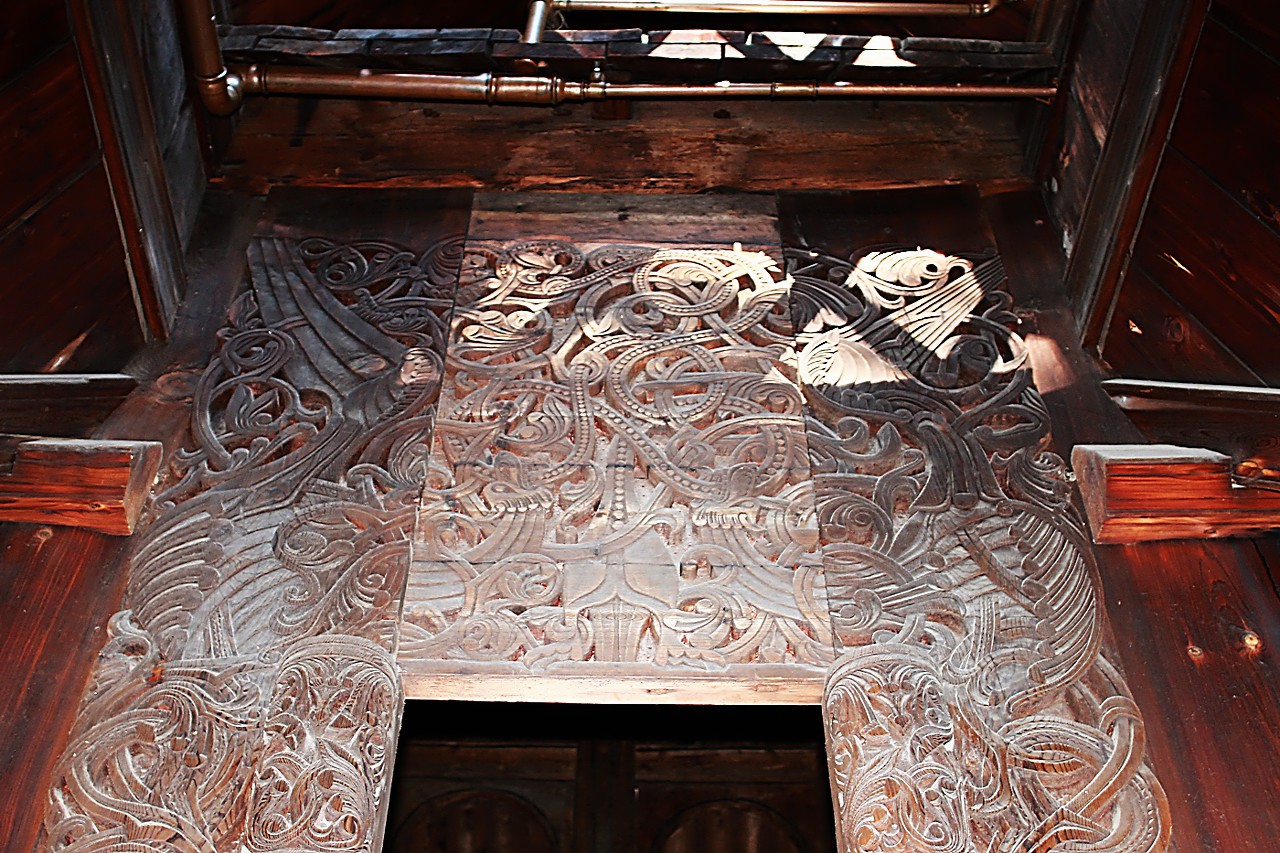
I will tell you about one of them, Gul's stavkirke, in the next article.